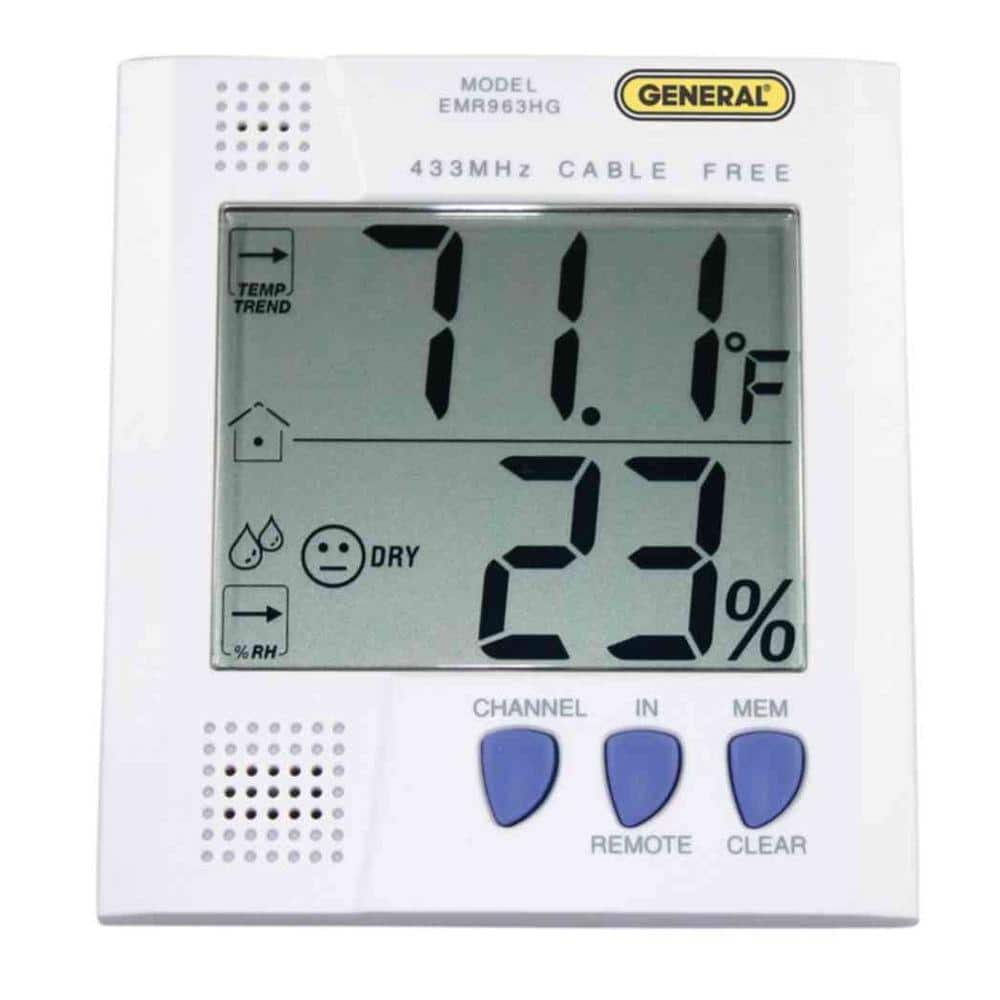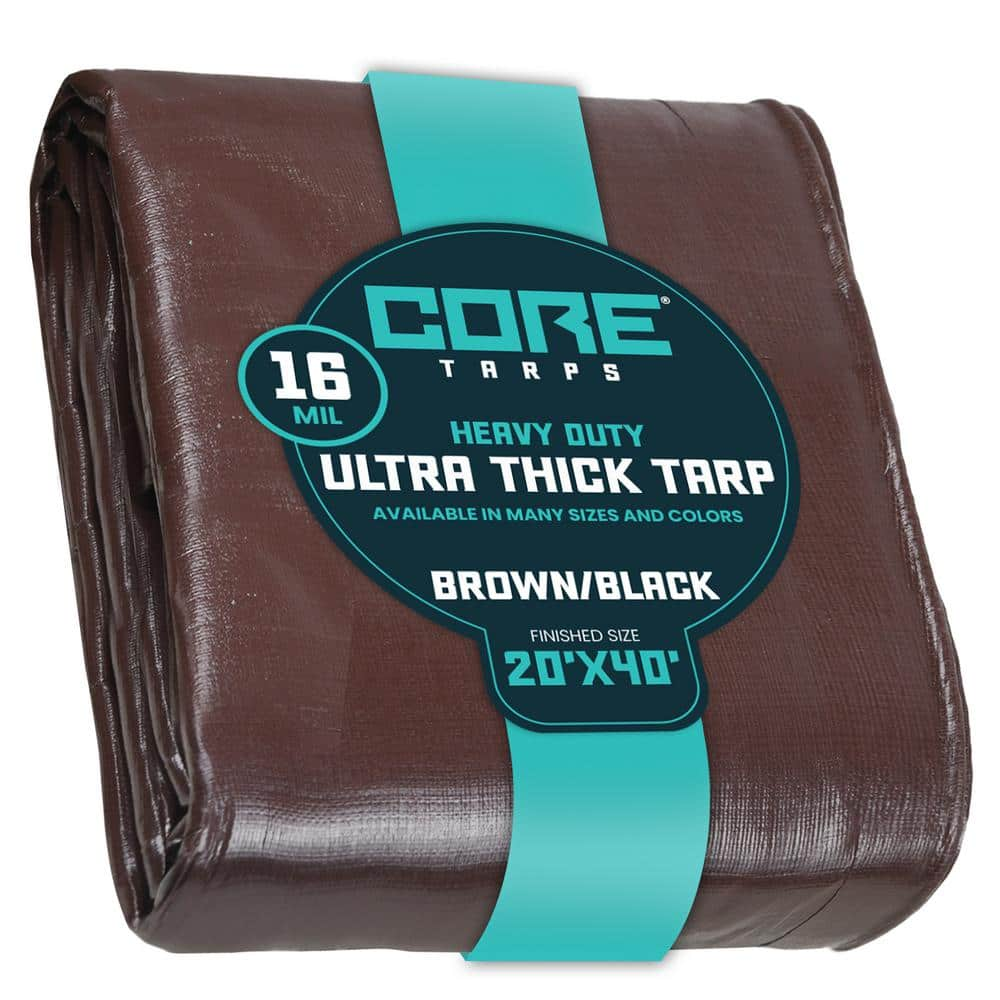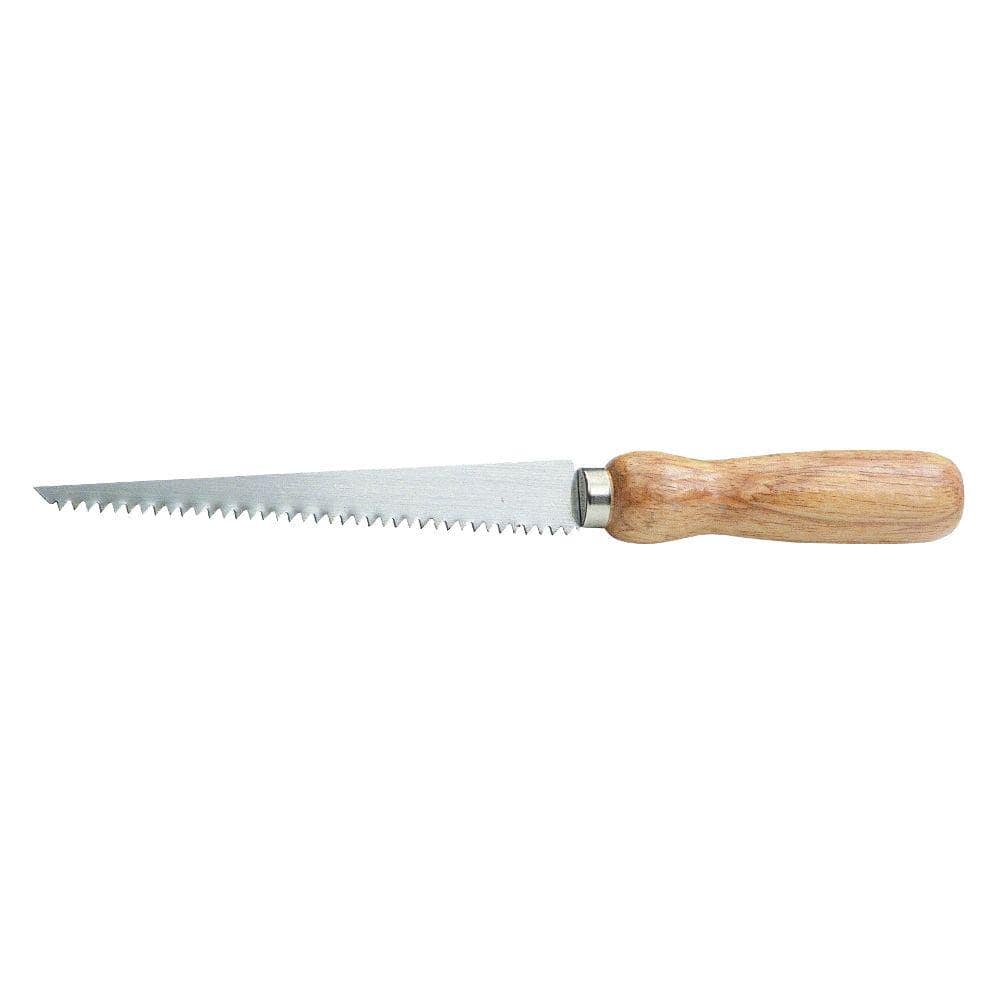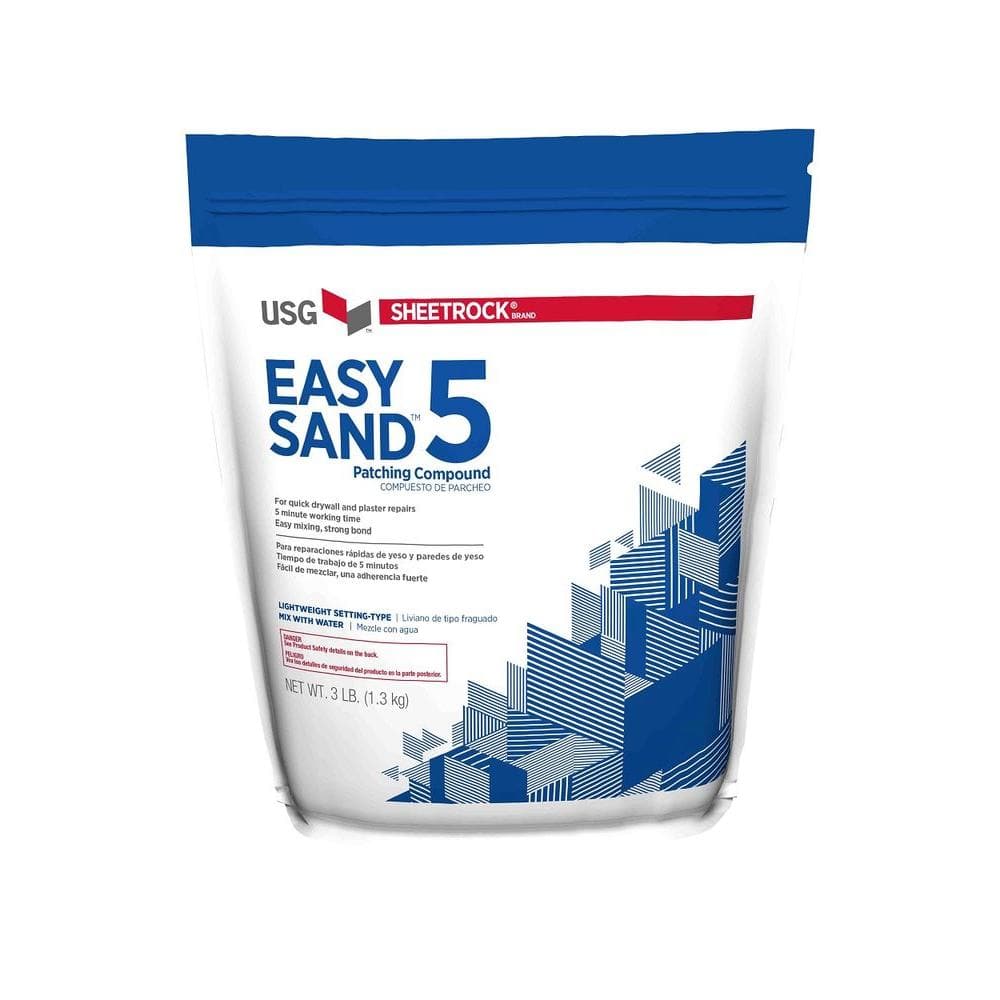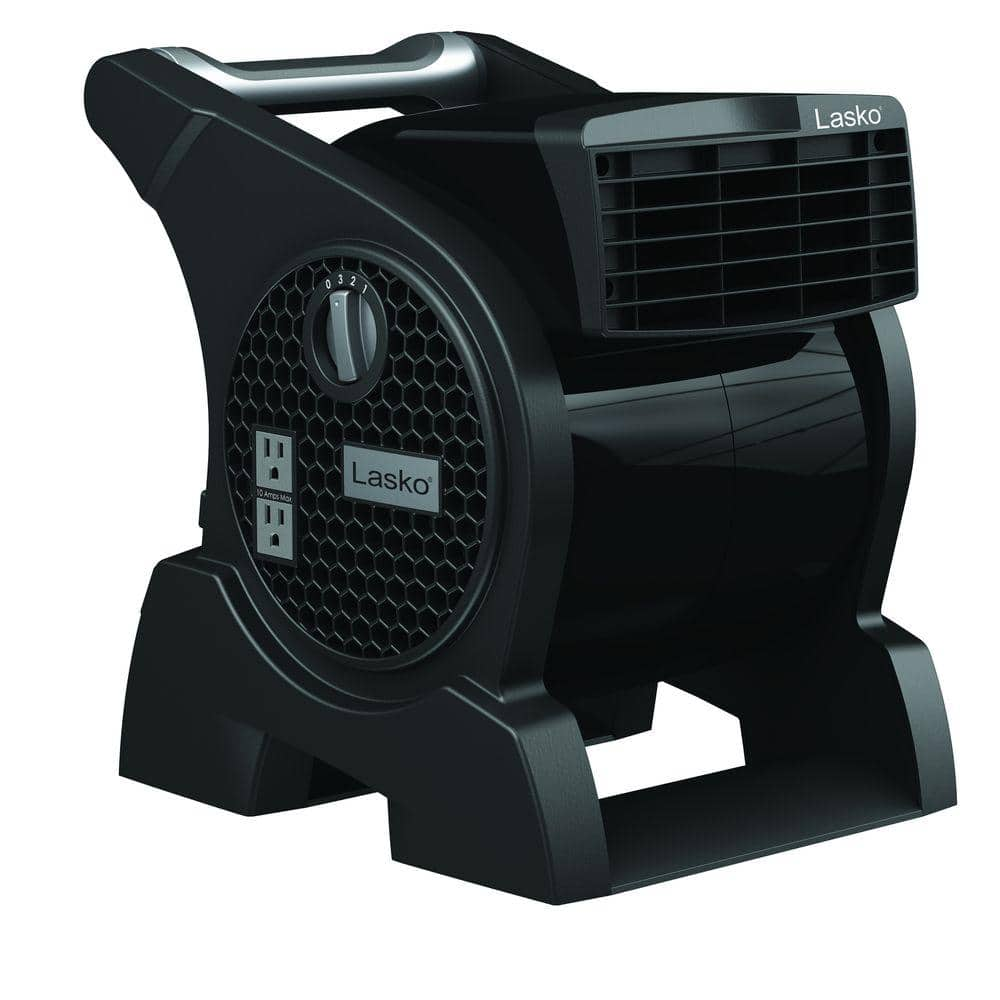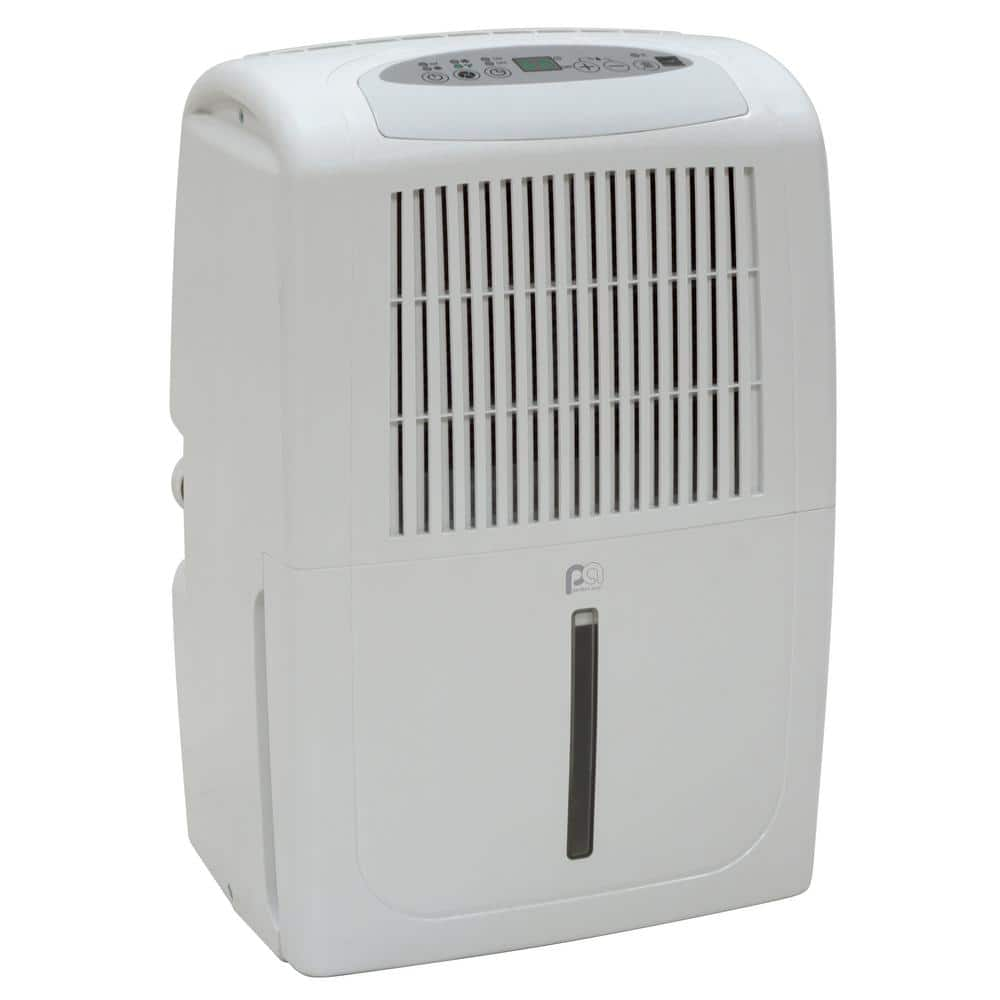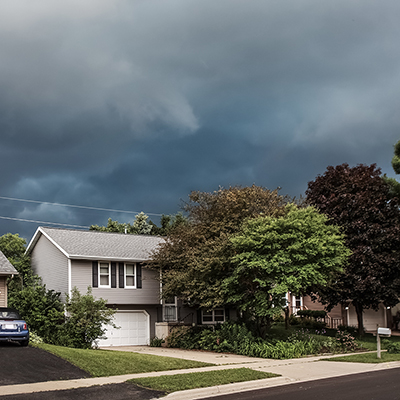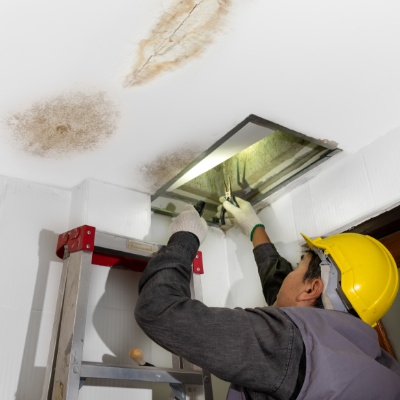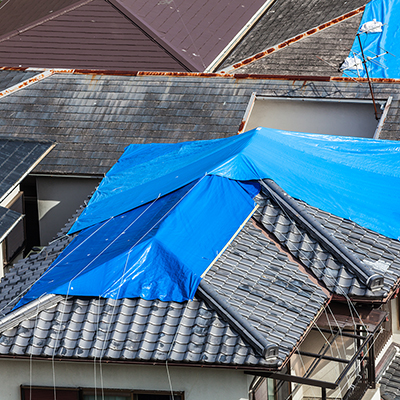The Full Guide: Water Damage Restoration
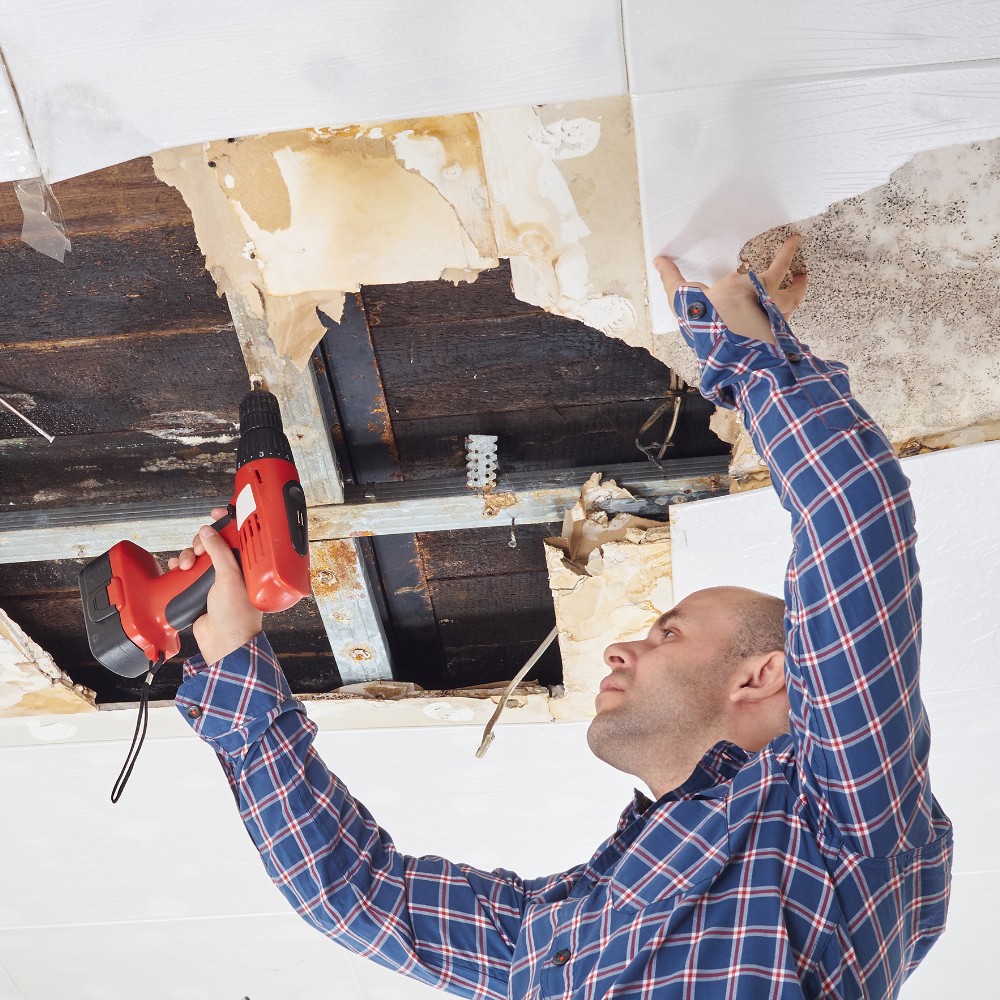
Last updated August 12, 2024
Water damage can range from minor leaks to major flooding. Unchecked water damage can do continued harm in the long term and lead to health hazards if not cleaned and repaired immediately.
This guide reviews best practices for water damage repair and the differences between mitigation and restoration following leaks, floods and other water events.
Table of Contents
What Is Category 3 Water Damage?
Remediation vs. Mitigation
What Is Water Damage Restoration?
How to Repair Water Damage
Tips for Water Damage Repair
More Tools. More Products. More Perks.
What Is Category 3 Water Damage?
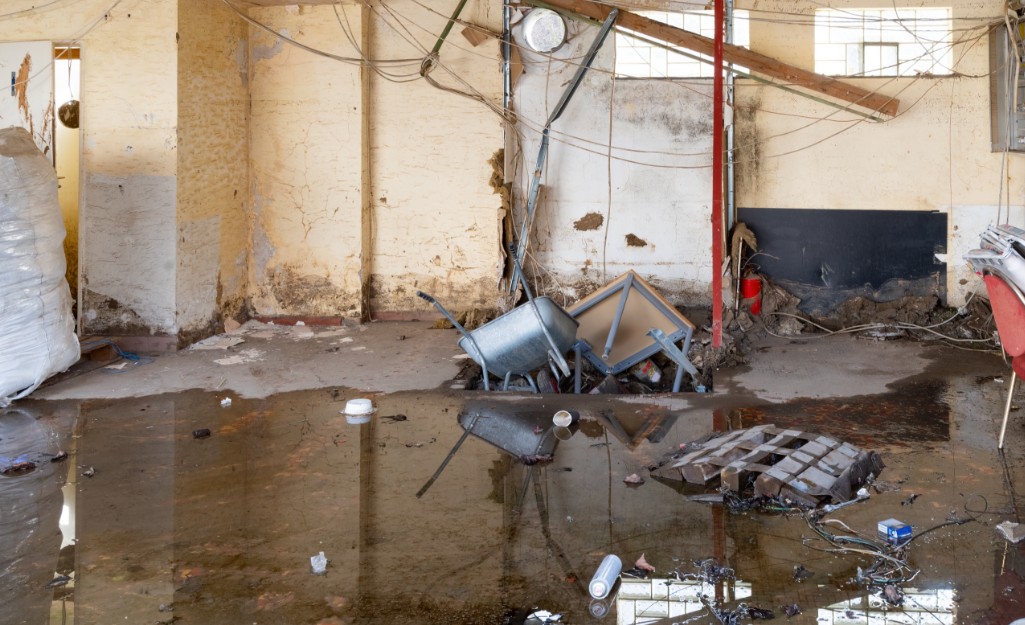
In the aftermath of a major leak, flood or other water intrusion, cleanup isn’t just a matter of mopping up puddles and letting carpets dry. Water damage restoration Pros must take steps to sanitize contaminants, remove the property that cannot be repaired and restore the items that can.
The Institute of Inspection, Cleaning and Restoration Certification (IICRC) designates different categories of damage based on the three types of water:
- Clean water originates from a sanitary water source and does not pose a substantial risk to people exposed to it.
- Gray water contains significant contamination and may cause discomfort or illness on exposure. It can contain unsafe levels of bacteria, mold or other contaminants. Sources of gray water include showers, baths, dishwashers and washing machines.
- Black water is grossly contaminated and may have sewage, grease runoff, toxins or pathogens that can be hazardous on exposure.
The different categories of water damage require different cleanup methods to remove potential hazards.
- Category 1 water damage can involve rainwater, snowmelt, leaking water supply lines, overflowing sinks, bathtubs, showers or toilets, as long as the water contains no contaminants. The affected property can be easily dried or replaced without long-term effects.
- Category 2 water damage can involve broken dishwashers or washing machines, overflowing toilets (with urine only), broken sump pumps or leaking aquariums. The affected property must be completely disinfected.
- Category 3 water damage involves black water, particularly when it soaks into porous materials such as unsealed cement, wood or sheetrock. It usually originates with flooded sewer systems, seawater or river water flooding and requires the most extensive sanitization process.
Water-damaged property can include rot, rust, mold, swelling, discoloration and delamination. Related damage includes burst pipes, missing shingles, broken appliances and other sources of leaks.
Remediation vs. Mitigation
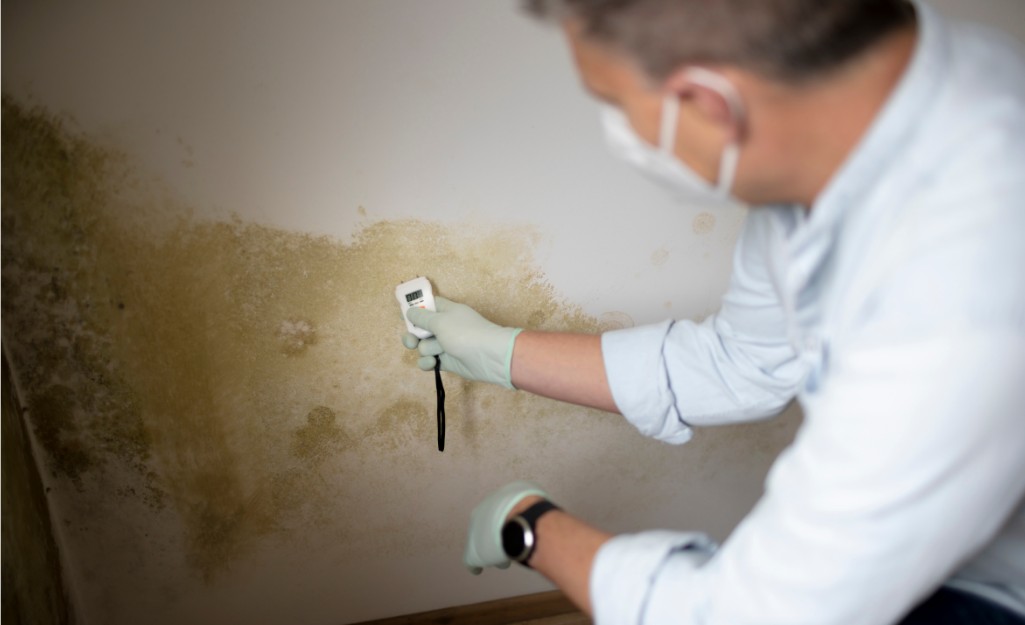
When a building is flooded or damaged, the cleanup process takes three steps in sequence: mitigation, remediation and restoration. Some companies include remediation as part of mitigation.
During water damage restoration, mitigation is the first step and involves stopping the flow of water, removing the water and drying the property. The next step, remediation, involves cleaning, drying, deodorizing and sanitizing salvageable materials, as well as removing items that can’t be repaired.
Mitigation takes place during or after the water event and involves stopping the flow of water, removing the water and drying the property. “Mitigation is what’s being done to stop the damage from being worse,” says David Ragsdale, production manager of SERVPRO.
Mitigation contains the initial damage and prevents it from spreading. (See our guide How to Repair a Water-Damaged Ceiling for ways to find and repair leaks.)
Mitigation includes the following steps:
- Inspect the damaged area for the severity and type of water damage, including structural stability.
- Remove damaged or affected furniture, carpeting, flooring and other building material.
- Safely dispose of any contaminated material.
- Extract water and dry affected areas with pumps, blower fans, dehumidifiers and other equipment.
- Put down tarps or board up doors and windows as needed to protect the property.
“When you cross the line to remediation, it’s more about removing contaminants from the space,” Ragsdale says.
Remediation focuses on the cleanup and involves cleaning, drying, deodorizing and sanitizing salvageable materials, as well as removing items that can’t be repaired. Drywall mold and buckled flooring are types of damage that can be limited by mitigation or remediation.
Water mitigation costs range from $1,300-$5,200 based on factors such as the type and extent of the damage and the size of the building. Expect mitigation of black water damage to be double the cost of clear water damage, approximately $8 per square foot vs. $4 per square foot.
At times the two processes can overlap. “It can be difficult to draw a hard line between them,” Ragsdale says. “For example, remediating contaminant from a space might be a case of mitigating damage.”
What Is Water Damage Restoration?
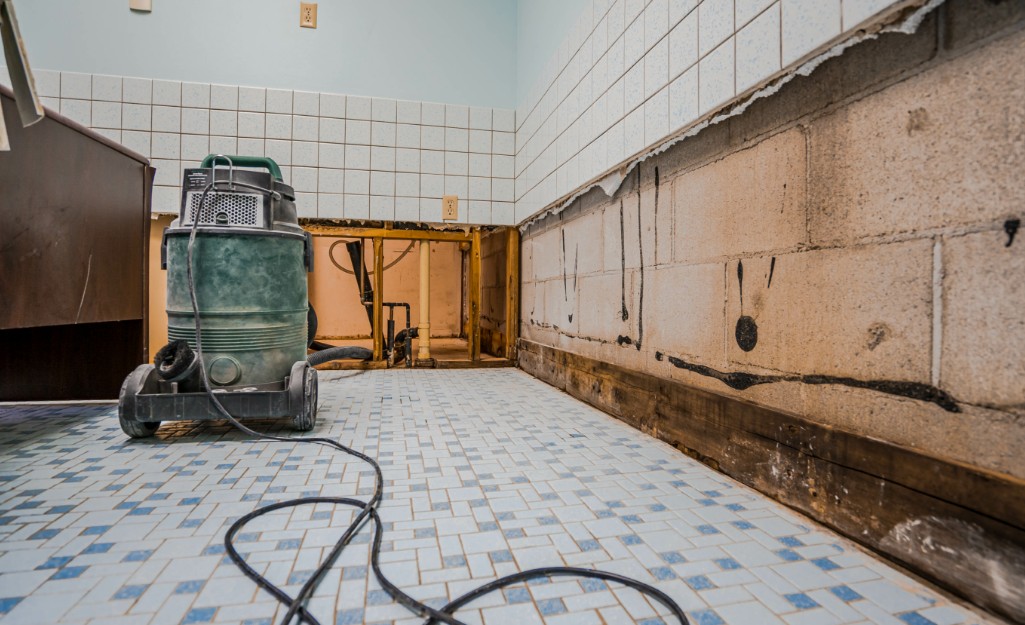
Water damage restoration usually begins after mitigation and remediation have been completed. While remediation can focus on temporary measures, restoration involves permanent solutions.
Restoration takes place after the water event and involves repairing and restoring the water-damaged property to its original condition. Restoration includes:
- Repairing or replacing damaged flooring, walls, windows, doors or ceilings
- Cleaning carpets, rugs and upholstery
- Preventing mold growth
- Testing for moisture to confirm that the property is completely dry
Ragsdale says that many personal property items can be successfully cleaned after a flood or other water event. “Most of the time, hardwood furniture or hard, non-porous personal property items can be cleaned,” he says.
Some companies remove and dispose of structural elements like drywall or flooring during the restoration process.
Water damage restoration costs can be as low as a few hundred dollars or as high as $100,000 depending on whether you need minor fixes or major remodeling, such as removing and replacing a floor.
How to Repair Water Damage
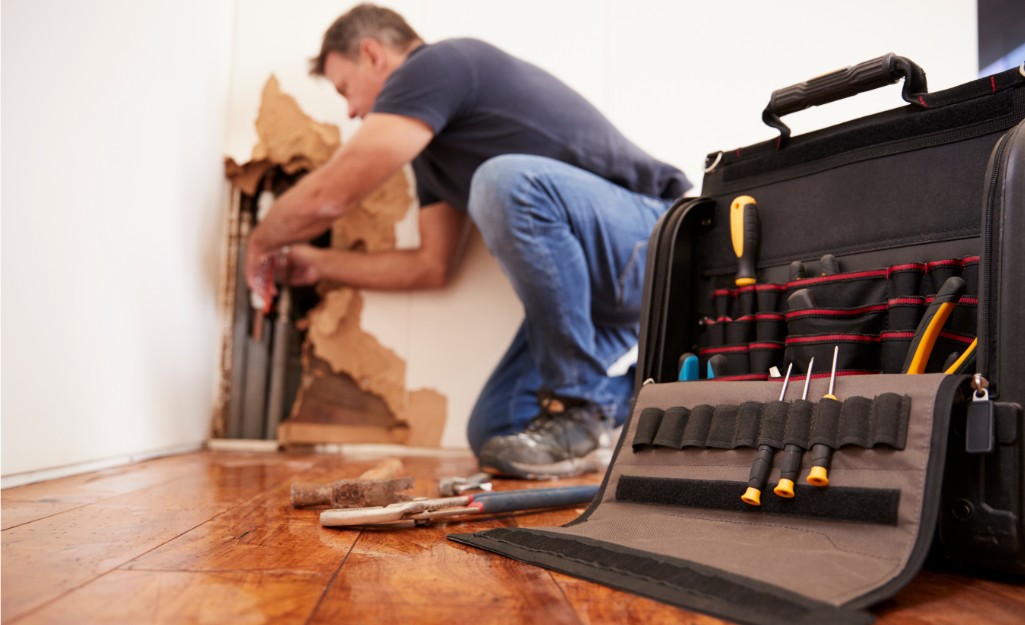
After stopping the water intrusion and inspecting the area, make sure electricity in affected areas is shut off. Also check that the area is completely dry, including between drywall and insulation, to prevent mold or mildew. Confirm the area is dry with a moisture meter.
Begin with ceilings to avoid sagging or collapsing and work your way down to flooring. Ceilings that have minor discolorations may need to be repainted, as long as all mold and mildew has been removed.
Wood that is warped, rotting or has irreparable mold issues will have to be removed and replaced. When replacing joists and structural boards, be sure to provide the area with temporary support make sure that replacement lumber will properly support the load.
Many Pros will replace an entire sheet of drywall if it has swelled or sagged 3/8 inch from the baseline. Follow these steps to replace drywall:
- Remove all damaged materials such as insulation or drywall with a drywall saw.
- Cut back the drywall to the closest framing studs or ceiling joists for attaching the replacement sheet. Make sure there’s a surface for attaching the drywall screws.
- Cut a sheet of drywall to fit the gap, making sure it matches the thickness of the original or surrounding drywall.
- With assistance, lift the drywall into place.
- Use a drill and drywall screws to attach the drywall.
- Prime and paint the ceiling or wall.
Remove swollen floorboards and other damaged flooring. Consider installing waterproof flooring as replacement.
Replace siding and shingles if missing or damaged.
Repairing water damage on ceilings can cost between $45-$55 per square foot, not including repairs to the initial leak. The age of the house, the ceiling material and the size of the damaged area may lead to higher repair costs.
Tips for Water Damage Repair
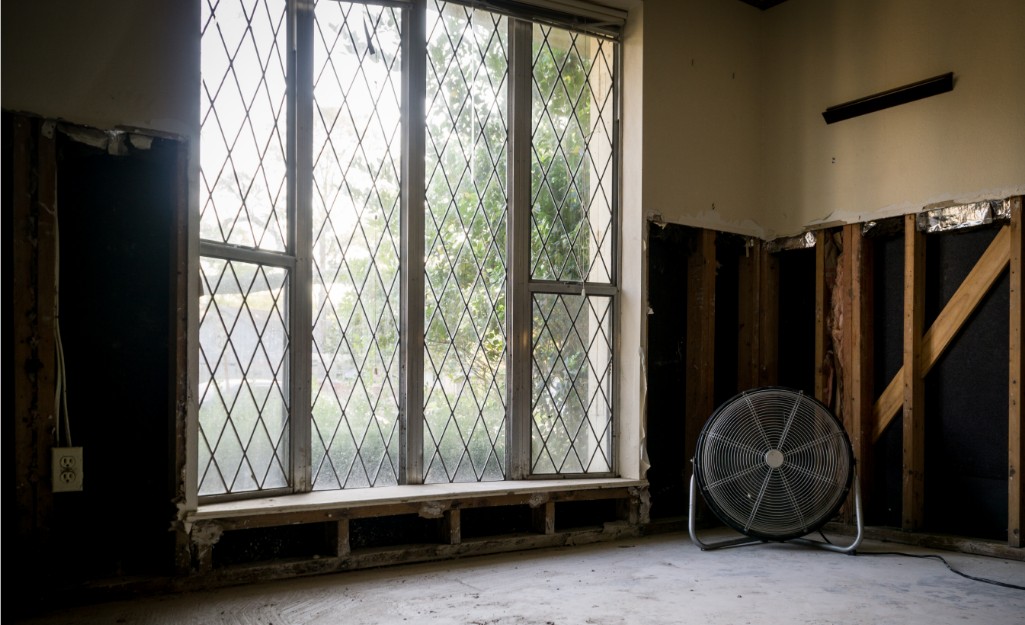
Consider these tips for water damage mitigation or repair.
- Water damage from fire sprinklers can range from Category 1-3 based on the type and age of the system. Many older black iron pipe systems may cause Category 3 water damage.
- Prevent people or pets from coming into contact with areas contaminated by black water. Technicians should wear latex gloves at all times. Wash skin immediately with soap and water after contacting black water.
- Doors should be closed between contaminated area and rest of house, and air vents shut off if possible.
- Pros should recommend that clients take photographs of damage before mitigation for insurance reasons, if they haven’t already.
- Category 1 or 2 water damage, if neglected or improperly cleaned, can become Category 3 damage over time.
- Home humidity levels should be kept below 60% in general to reduce the spread of mold and create a comfortable living space. “What’s ideal to prevent mold growth is 40-60%, depending on the geography of where the home is located,” Ragsdale says. “With more than 60% humidity, you’re really susceptible to damage or mold growth.”
- Restoring damaged furnishings or materials may be less expensive than replacing them, depending on the extent of damage. Give estimates comparing replacement vs. restoration costs when possible.
- Wood surfaces such as furniture, cabinets and moulding usually can be refinished and restored, even after contact with black water. Mattresses and foam cushions should be discarded.
Pro tip: Use our drying and restoration equipment rental services for mitigation of a water damaged building.
More Tools. More Products. More Perks.

Be more competitive and boost your bottom line with Pro Xtra, The Home Depot’s free loyalty program built for Pros. Sign up today to access the enhanced Pro Online Experience, built with the online business tools and time-saving features Pros need.
Repair and restore water-damaged property with our professional grade tool and large equipment rental.
